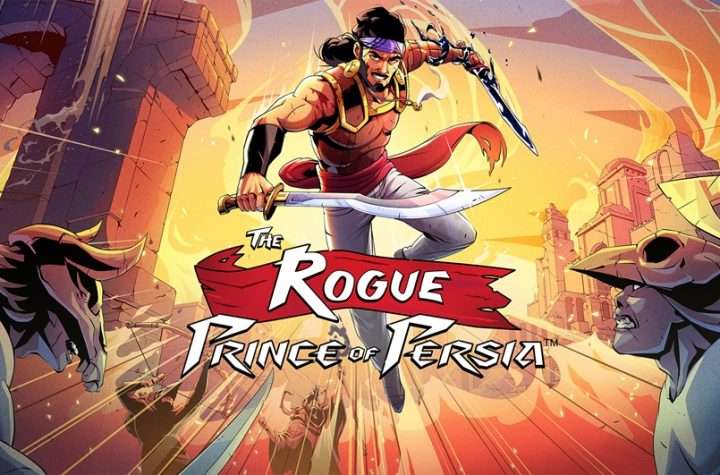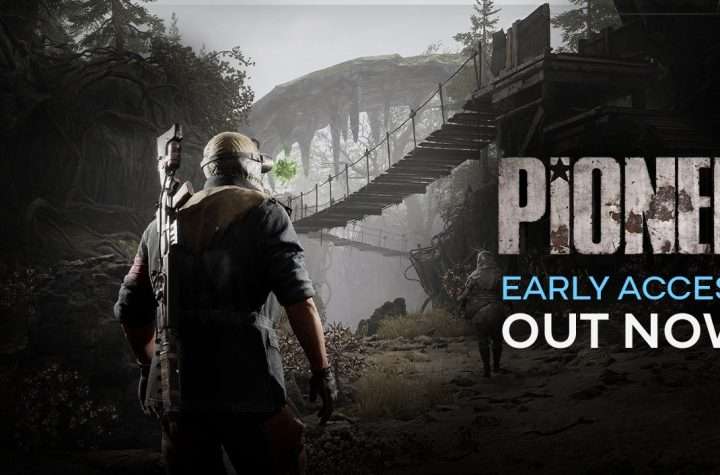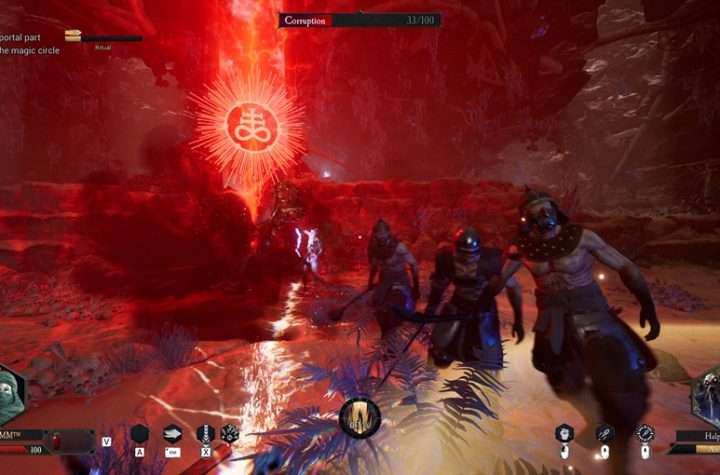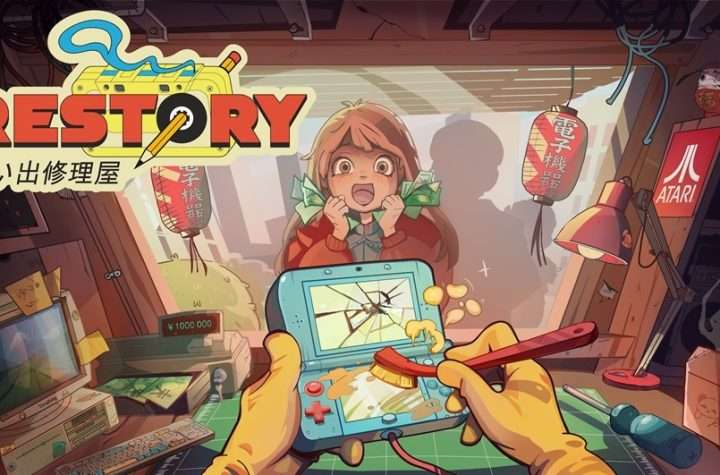A Brief History of Portable Gaming
Handheld gaming has come a long way from the days of 9-volt LED handheld games. Over the last 30 years, the industry has seen explosive growth; The Entertainment Software Association reports that 58 percent of Americans now play video games, and Americans spent nearly $21 billion on video games in 2012. As smartphones become more and more a part of gaming culture, a bright new future for portable gaming is on the horizon. Here is a look at the history of portable gaming, from the beginning until now:
The Dark Ages
The first handheld video game was Auto Race, an LED-based game released in 1977 that required only 512 bytes of memory to run, according to Geek.com. Largely unknown, Auto Race was quickly eclipsed by another Mattel LED handheld, Football, which was released a year later. Both handhelds were primitive and were quickly outclassed in 1979 with the release of the Milton-Bradley Microvision, the first handheld “console” with multiple titles. As the decade turned, Nintendo released its first handheld device in 1980, the Game and Watch – so called because each unit contained an alarm clock. These single-game LCD handhelds featured simple titles, and their design was copied by countless manufacturers in the early 80’s. In particular, toy manufacturer Tiger made a fortune cloning LCD systems based on licenses including Star Trek, Teenage Mutant Ninja Turtles, Wheel of Fortune, Winnie the Pooh and even LCD handhelds based on the Sega Genesis franchise “Sonic the Hedgehog.” Tiger’s LCD games, while simple, were a part of many children’s lives during the 80s.
The Golden Age
Everything changed for handheld gaming in 1989, the year both the Nintendo Game Boy and the Atari Lynx were released. While technically the Atari Lynx was a more powerful handheld console, the Game Boy was cheap and long-playing. According to the Guardian, the Game Boy was designed using the cheap-to-produce but dated Z80 CPU, but could run for 30 hours on four AA batteries. Nintendo dominated the handheld market for years to come, and no other handheld was able to grab real traction in the industry for nearly a decade.
The graveyard of handheld systems from the 90’s features such consoles as the NEC TurboExpress, Sega Game Gear, and the TigerGame.com — all consoles that had interesting features ranging from color screens to Internet access, but failed to sell enough units to make a dent in Nintendo’s armor. When Nintendo released the Game Boy Color in 1998, it had long cemented its place as the leading company in portable gaming. Nintendo also cleverly designed the Game Boy Color to be backwards compatible with the pre-existing library of Game Boy titles, a move that allowed Nintendo to launch a new portable console with an enormous backlog of games to assure new players they could find something of interest, as well as encourage older gamers to upgrade to the new handheld.
The New Age
While only a footnote in history, an interesting handheld appeared in 2003; the Nokia N-Gage, notable for being the first cell phone designed to play games. While the 2000’s featured the birth of the Nintendo DS and Playstation Portable, the N-Gage was the first handheld to see the potential of phones to become the next great gaming console. Today, smartphone gaming dominates the video game market and many games are actually available to play for free online. As Sony contemplates and hints at a new handheld gaming platform release, smartphones have become an ubiquitous part of American life, and with them smartphone gaming.
The birth of the app age means that even the smallest developer of games with a dream can get released in an international market, which means a bright future for handheld gaming on the horizon.
I have always enjoyed playing video games and am a programming team lead for a video game company. I co-founded Gaming Cypher because I enjoy the gaming community and would like to provide the best news service around. Feel free to ask me any questions and I will make sure to get back to you quickly.






More Stories
OMNIBION WAR Frantic 3D Shoot ‘em Up Now Out on Steam
Red Dead Online News: (Feb. 4, 2020)
SPACELAND Heading to PS4 and Xbox One Feb. 14